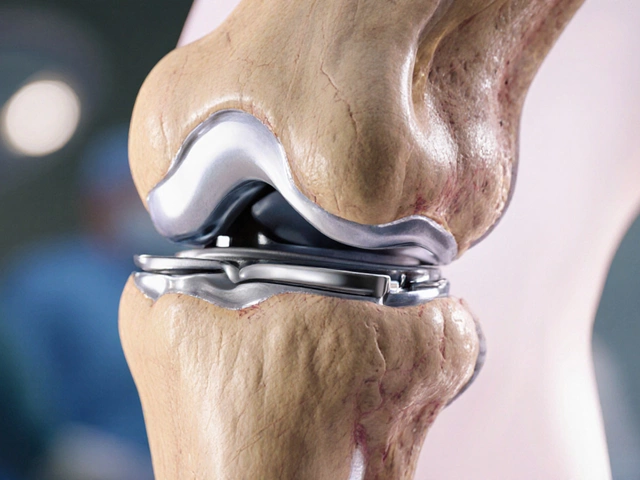Orthopedic Emergency Fracture: What You Need to Know
When dealing with orthopedic emergency fracture, a break that requires immediate medical attention to prevent permanent damage, preserve function, and reduce pain, it’s crucial to understand the whole picture. Also called a traumatic bone fracture, this condition can happen anywhere – from a slipped wrist to a shattered femur – and the speed of your response often decides the outcome.
One of the first steps is to identify the fracture classification, a system that groups breaks by pattern, stability, and involvement of surrounding tissues. Simple, closed fractures need less invasive care, while complex, open fractures may demand surgery and antibiotics. Knowing the classification helps doctors choose the right treatment pathway and predicts potential complications.
Accurate imaging is the backbone of emergency orthopedics. An X‑ray gives a quick look at bone alignment, but CT or MRI scans often reveal hidden cartilage injuries, vascular damage, or tiny fragments. The better the picture, the more precise the plan – whether you end up in a cast, a splint, or the operating room.
Key Elements of Managing an Orthopedic Emergency
Immobilization, the process of stabilizing the broken bone to prevent further movement is the next critical move. A well‑applied splint or cast reduces pain, limits swelling, and creates a favorable environment for bone healing. In some cases, temporary external fixators are used until definitive surgery can be performed.
When the fracture is unstable or involves joint surfaces, orthopedic surgery, a procedure that realigns bones and secures them with plates, screws, or rods becomes necessary. Modern techniques like minimally invasive fixation speed up recovery and lower infection risk, but they still require a thorough pre‑op assessment and post‑op rehab.
Post‑injury care doesn’t stop at the hospital door. Physical therapy, pain management, and nutrition all play roles in bone healing. Calcium‑rich foods, vitamin D, and protein support the remodeling phase, while guided exercises restore range of motion and strength. Skipping rehab can lead to stiffness, muscle loss, or even a re‑break.
Every orthopedic emergency also carries a risk of complications – infection, compartment syndrome, nerve injury, or delayed union. Early detection is vital. For example, increasing pain, numbness, or a tense limb might signal compartment syndrome, a condition that needs urgent surgical release.
In short, handling an orthopedic emergency fracture means: rapid assessment, accurate classification, proper imaging, immediate immobilization, timely surgery when needed, and a solid rehab plan. Below you’ll find a curated set of articles that drill down into each of these steps, from choosing the right cast material to understanding why the hyoid bone never heals. Whether you’re a patient trying to make sense of a sudden break or a caregiver looking for reliable guidance, the resources ahead cover the full journey – from the moment the injury occurs to getting back to everyday life.
Ready to explore the details? Scroll down to see practical tips, expert explanations, and real‑world advice that will help you navigate any orthopedic emergency fracture situation with confidence.





